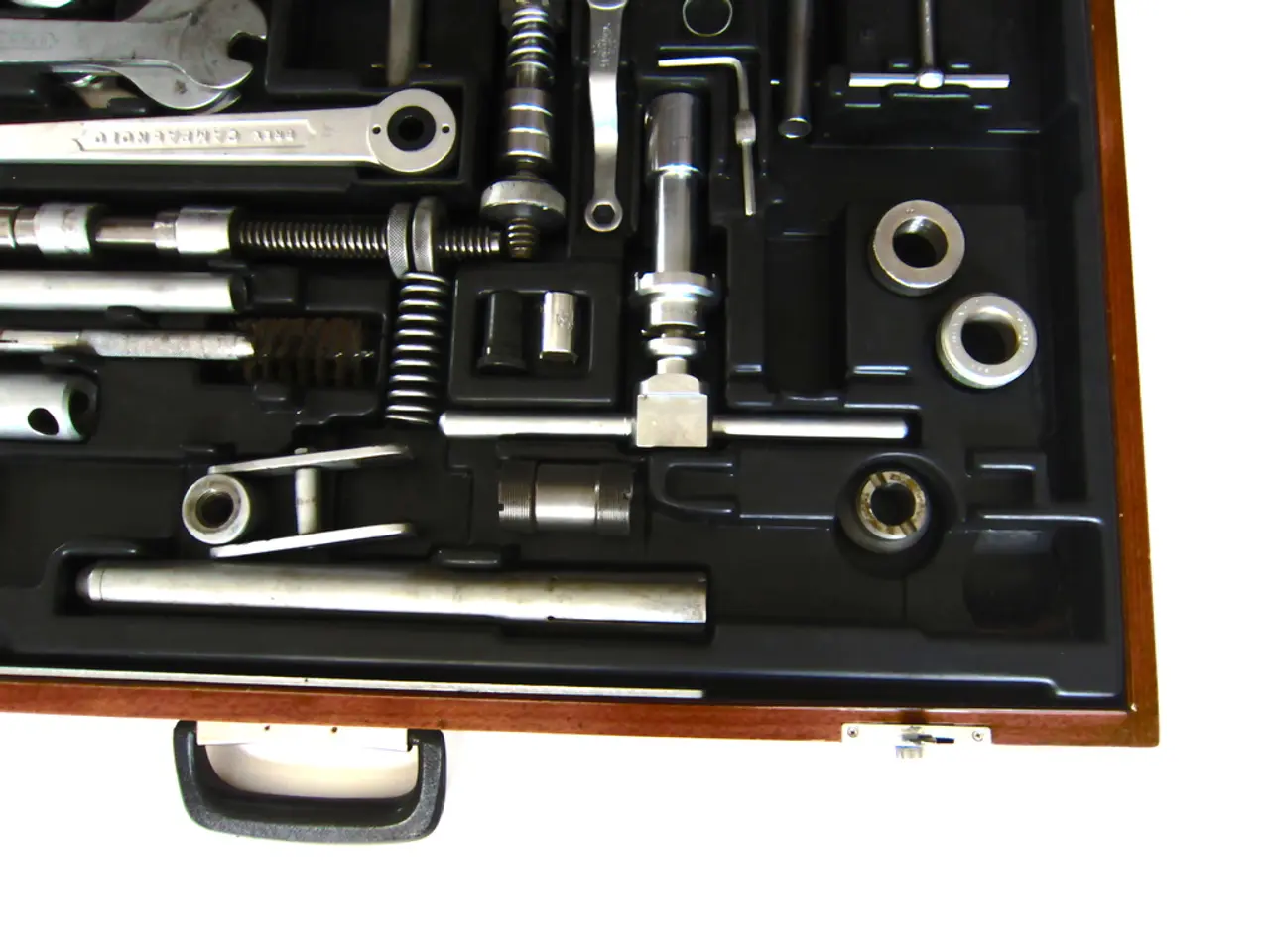Enhancing Data Science Capabilities through AI-assisted Feature Engineering with n8n: Boosting Intelligence at a Larger Scale
In the realm of data science, feature engineering plays a crucial role in model training and prediction accuracy. To streamline this process, n8n, a no-code visual workflow automation platform, has integrated OpenAI's language models to create AI-powered workflows that generate strategic, domain-aware feature suggestions.
Here's a step-by-step guide on how to set up this AI-driven feature engineering pipeline:
- Setting up n8n with OpenAI API
- Securely add your OpenAI API key in n8n.
- Connect your workflow to a GPT model such as GPT-4o-mini or GPT-3.5-turbo using n8n’s built-in OpenAI node, ensuring a balance between speed and cost.
- Creating Data Processing Workflow
- Input your raw dataset or connect to your data sources inside n8n.
- Use n8n nodes for data preprocessing like filtering, aggregations, or statistical computations to prepare context for AI analysis.
- Invoking OpenAI for Feature Engineering Recommendations
- Send descriptions or summaries of the dataset, domain information, and statistical patterns as prompts to OpenAI via the node.
- The prompt design guides the model to suggest relevant features, transformations, or new variables based on domain knowledge and data patterns.
- Integrating AI Suggestions Back into Workflow
- Parse and format the AI’s feature engineering recommendations.
- Optionally, add automation to apply transformations or output suggestions as documentation or to data science team dashboards.
- Optimizing and Scaling
- Implement concurrency, batching, and caching in n8n to handle large datasets and avoid API rate limits.
- Enable versioning, monitoring, and feedback loops to refine prompt engineering and improve AI recommendation accuracy over time.
This approach automates the creative process of feature generation, turning individual data science intuition into team-wide intelligence. The no-code, visual environment of n8n integrates data tools and OpenAI models seamlessly, reducing manual toil while amplifying insights.
Key features of this AI-augmented pipeline include:
- Automatic correlation candidate identification for numeric features.
- Integration with feature stores like Feast or Tecton for automated feature pipeline creation and management.
- On-demand analysis for any dataset.
- A workflow that consists of five connected nodes: Manual Trigger, HTTP Request, Code Node, Basic LLM Chain + OpenAI, and HTML Node.
- AI-generated professional reports with insights using the HTML Node.
- Intelligent feature suggestions through the integration of LLMs.
- A final output transformed into a professionally formatted report with proper styling, section organization, and visual hierarchy suitable for stakeholder sharing.
The AI receives complete dataset structure and metadata, statistical summaries for each column, identified patterns and relationships, and data quality indicators. Potential ratio and interaction term suggestions are made by the AI. The workflow runs comprehensive statistical analysis and pattern detection.
In essence, by combining n8n’s workflow automation with OpenAI’s language models, you can implement an AI-enhanced pipeline that automatically recommends strategic feature engineering ideas, accelerating and standardizing data science projects. Don't forget to take advantage of the super early bird saving for an unspecified event, which ends on Sept 19.








